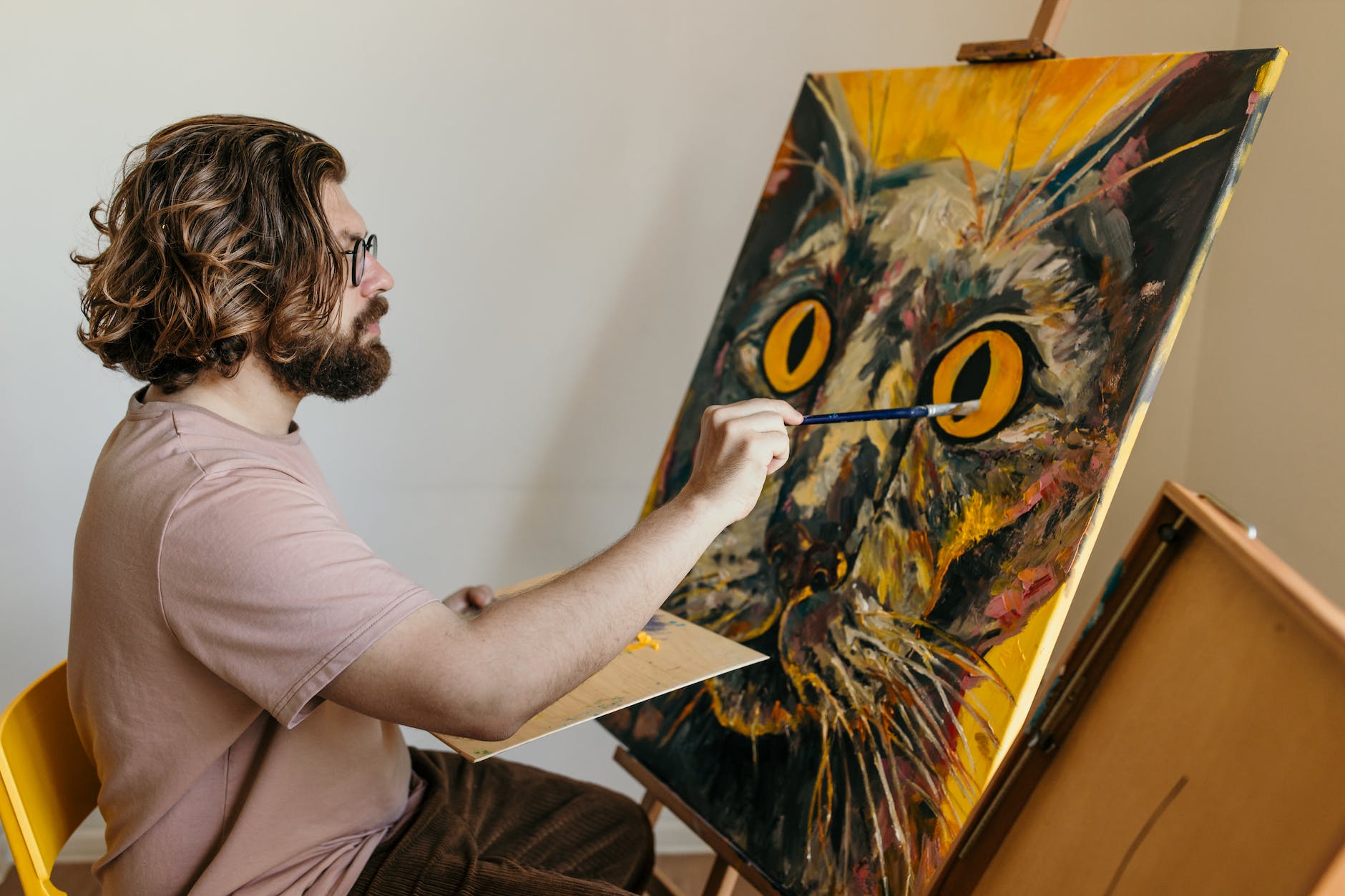As the search for groundbreaking ideas and novel ways of thinking intensifies in this era of fast-paced innovation, humanity has begun to look upon, once again, a time-honored yet controversial tool – psychedelics. The interplay between psychedelics and artistic expression, once relegated to the fringes of popular discourse, is now attracting notable interest from the fields of psychology, neurology, and the creative arts.
Psychedelics, also known as hallucinogens, are substances that induce alterations in perception, mood, and cognitive processes. They have a long, rich history in various cultures, frequently associated with religious rituals, spiritual quests, and artistic expression. Utilized by many cultures for their mind-expanding properties, substances like psilocybin (found in magic mushrooms), LSD (acid), and DMT (found in ayahuasca) have been known to chaperone users to the depths and heights of human consciousness, often resulting in an outpouring of self-expression under the influence.
The psychedelic experience and creativity are believed to be interconnected in multiple ways. Users often report a heightened openness to new experiences, an enhanced appreciation for aesthetic experiences, and a substantially amplified creative drive. These substances seem to dramatically stretch the boundaries of imagination, allowing users to break free from typical thought patterns and access a reservoir of unique, transformative ideas.
The neurological underpinning of this phenomenon is remarkable. Upon ingesting a psychedelic substance, the brain’s default mode network (DMN), known to be associated with self-focused thoughts and introspection, is inhibited. This results in the dissolution of normal cognitive controls and constraints, opening up channels of thought and imagination that were previously inaccessible. This understanding has led many creatives and technical professionals to consider the controlled use of these substances for enhanced creative problem-solving.
The influential role of psychedelics in cultivating creativity begins with their capacity to induce altered states of consciousness. One such state is the ‘flow state,’ a term coined by psychologist Mihály Csíkszentmihályi to describe an optimal state of consciousness where we feel our best and perform at our peak. Intriguingly, flow states and psychedelics share notable overlaps in neurobiological mechanisms, suggesting a plausible link between the two. In the state of flow, just as with the psychedelic experience, the DMN is compromised, and the brain becomes more flexible and interconnected, facilitating heightened creativity, focus, and productivity.
Historical and contemporary anecdotes abound about the transformative power of psychedelics on artistic inspiration. Aldous Huxley detailed his mescaline experiences in “The Doors of Perception,” reportedly influencing the work of notable artists like Jim Morrison and The Beatles. The 1960’s counterculture was deeply tinged with the colors of psychedelics, significantly impacting music, visual arts, and literature. In the modern age, numerous artists have revealed their utilization of psychedelics, describing the substances as keys opening doors to creative realms.
The burgeoning field of psychedelic science is providing compelling evidence to back these anecdotal experiences. Multiple studies have shown psychedelics’ potential in fostering creative expression, turning the tide of public opinion and encouraging us to reconsider these substances’ place in modern society.
It is important to note, however, that unguided or reckless use of psychedelics can lead to harmful psychological effects including anxiety, paranoia, and even psychosis. Controlled substance intake under expert supervision, alongside thorough preparation and aftercare, is imperative to ensure a safe and beneficial psychedelic experience.
In conclusion, the realm of psychedelics and creativity is an uncharted territory full of potential and intrigue, demanding further exploration. As we navigate the labyrinthine connections between psychological states, neurobiology, and artistic expression, it seems psychedelics may hold a rich tapestry of insights, waiting to be unraveled. The onus now lies on us to explore this territory responsibly and mindfully, with an open heart and an open mind.





